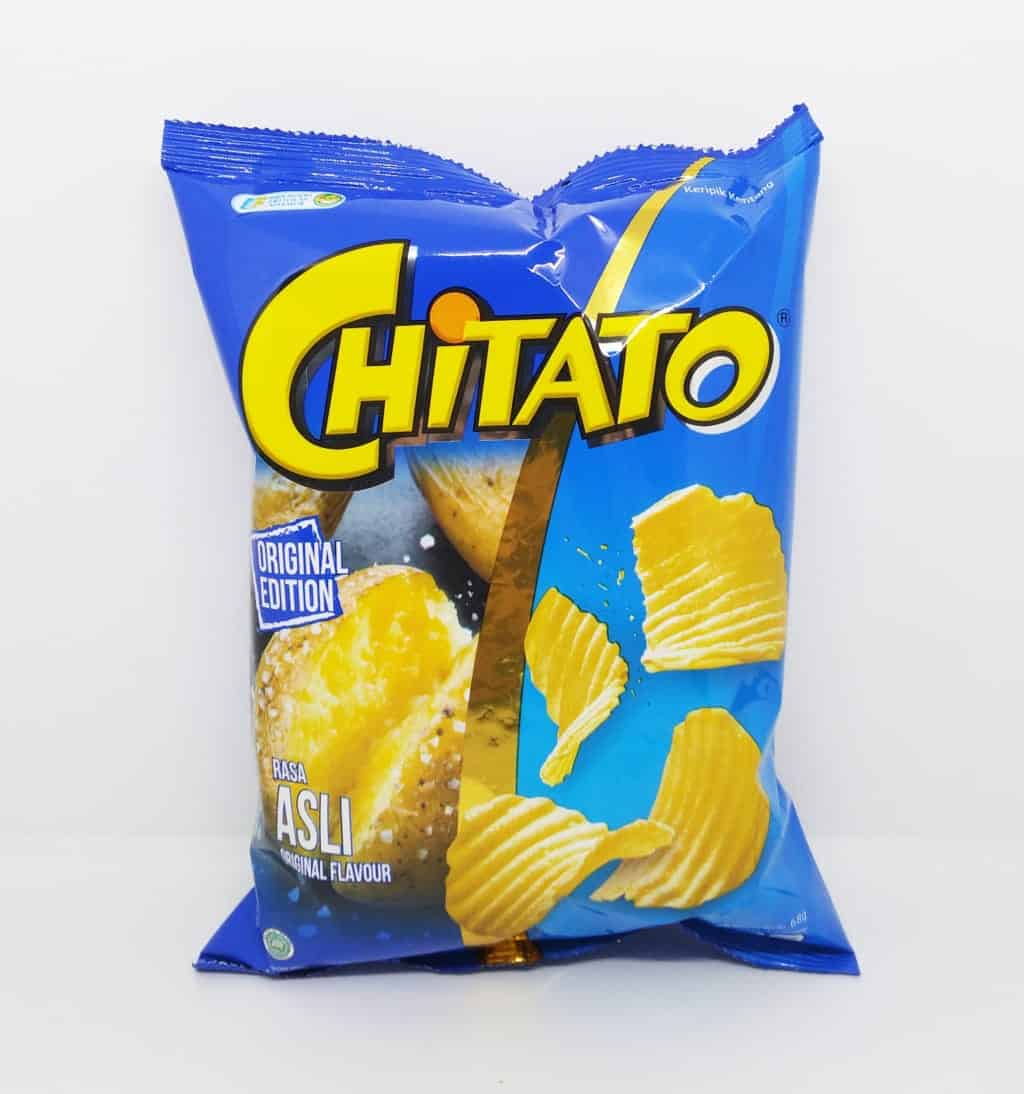
The the dialogue engine uses the intent to determine the appropriate response. When we say I feel great, the first step is extract the intent: feel_good. Remember that a conversation is made of turns and a turn is a user input followed by an assistant response. Your browser does not support the video tag. In the example above, we could provide two buttons Feel great and Feel bad. In the examples above we used text responses, but in many cases you want to offer easy options to users. The name is only for your reference doesn’t impact the flow of your conversation.īotfront comes with different response types. You can set names to branches (in the video we left the default names _New branch_X).Branches must always started with user utterances, (or as we’ll se later with slots directives) but never with bot responses.feeling bad), as shown in the following video: Your browser does not support the video tag.Ī few things to keep in mind when using branches: We’ll use branches to handle the different scenarios, (feeling good vs. Let’s continue our greetings conversation.īut instead of just greeting the user back, let’s ask how they feel and handle positive and negative answers. Handling different conversation paths with branchesĬonversations can take different paths. When a story group has focus enabled, training will be restricted to the stories of those groups. You may click on the icon which appears when you hover story group names. To help you iterate faster on subsets of your dialogues, you can focus on one or several story groups and train just the stories they contain. If you completely want to remove a user utterance from everywhere, you will need to manually delete it from your training data as well.ĭepending on your policies and the number of stories, training can take a significant amount of time. If you delete it in the conversation builder, it will still remain in your training data. When you save a user utterance, it is also added to your training data to easily develop and enhance your model. If you want to change something, you will need to delete it and add a new one in the same place. You cannot edit a user utterance after you save it. We set the response given by the assistant.We annotated the utterance with the intent greet.We defined Start the story with a user utterance ( Hello).We created a new story and give it the name Greetings.Let’s have a closer look to what happened in that video: Let’s start with a simple example, A user greets the virtual assistant and the bot answers. Such as FAQ, basic chitchat, and launching a form, and stories are for conversational experiences when you expect AI to complement the cases you provide in your data.įor logical flows with complex conditional logic, you can use forms (and rules or stories to orchestrate them)

The links point to the official Rasa documentation that explains the difference in greater details, but in short, rules are for very simple interactions not requiring AI, In Botfront, you can design automated conversations in fragments called stories and rules. Similarly to human-to-human interactions, human-to-machine interactions are based on dialogue turns.Ī turn consists in a user input followed by a virtual assistant response. This integration allows Botfront to offer advanced Natural Language Understanding capabilities in any language and context driven dialogue management. If you are already familiar with Rasa, the conversation builder will let you focus on conversation authoring and handle markdown and yaml files for you. Botfront is a fully featured conversational platform with intuitive interfaces to create context-aware virtual assistants.


 0 kommentar(er)
0 kommentar(er)
